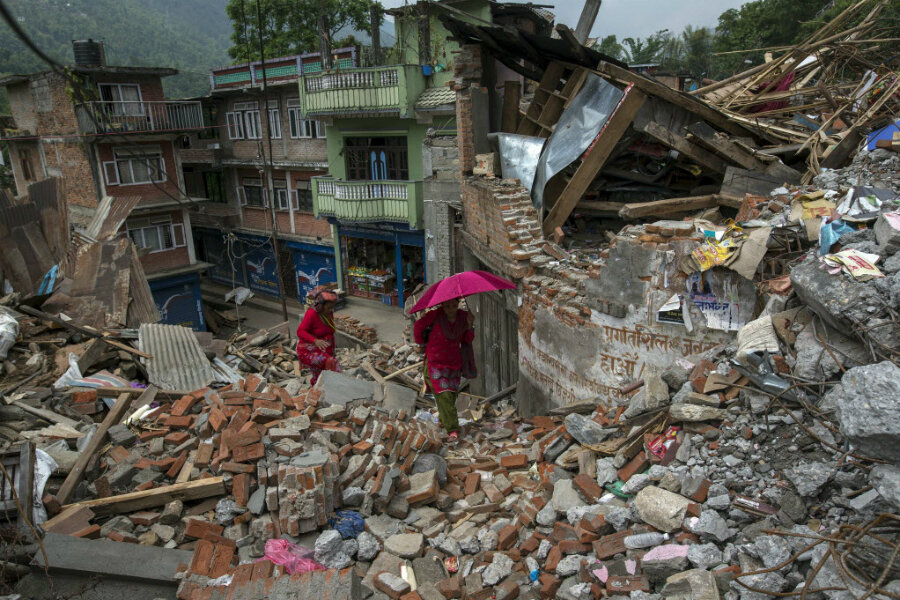How NASA technology found trapped Nepal earthquake survivors
Loading...
After a large-scale natural disaster, such as the 7.8 magnitude earthquake that hit Nepal on April 25, every second counts.
After roughly 72 hours without water, victims buried in rubble begin to succumb to dehydration.
That was what made Friday's rescue of four men from two collapsed buildings in Chautara, Nepal all the more remarkable, notes the Los Angeles Times. These men, who were buried under about 10 feet of debris, may have not been found if not for a new piece of technology from NASA.
The suitcase-sized piece of equipment is a microwave radar detector called FINDER, which stands for "Finding Individuals for Disaster and Emergency Response." FINDER was developed in through a collaborative effort by the Department of Homeland Security's Science and Technology Directorate and NASA's Jet Propulsion Laboratory.
"The true test of any technology is how well it works in a real-life operational setting," Department of Homeland Security Under Secretary for Science and Technology Dr. Reginald Brothers said in a press release from NASA's Jet Propulsion Laboratory. "Of course, no one wants disasters to occur, but tools like this are designed to help when our worst nightmares do happen. I am proud that we were able to provide the tools to help rescue these four men."
FINDER works by sending low-power microwaves into the rubble and analyzing the microwaves that bounce back. By measuring delays in timing, FINDER's data processing system can distinguish between rubble and humans by picking up the small, subtly rhythmic movements from a beating heart or a rising and falling chest. It can also distinguish between animals and humans, says JPL.
Finder had demonstrated the ability to detect people buried under up to thirty feet of rubble, hidden behind 20 feet of concrete, and from a distance of 100 feet in open spaces, according to NASA tests. It now boasts a "locator" to help with search and rescue responders who successfully determine the presence of a heartbeat, by showing an approximate location of trapped individuals within about five feet, depending on the type of rubble as well.
"NASA technology plays many roles: driving exploration, protecting the lives of our astronauts and improving--even saving--the lives of people on Earth," Dr. David Miller, NASA's chief technologist at its Washington headquarters, said in the same press release. "FINDER exemplifies how technology designed for space exploration has profound impacts to life on Earth."








